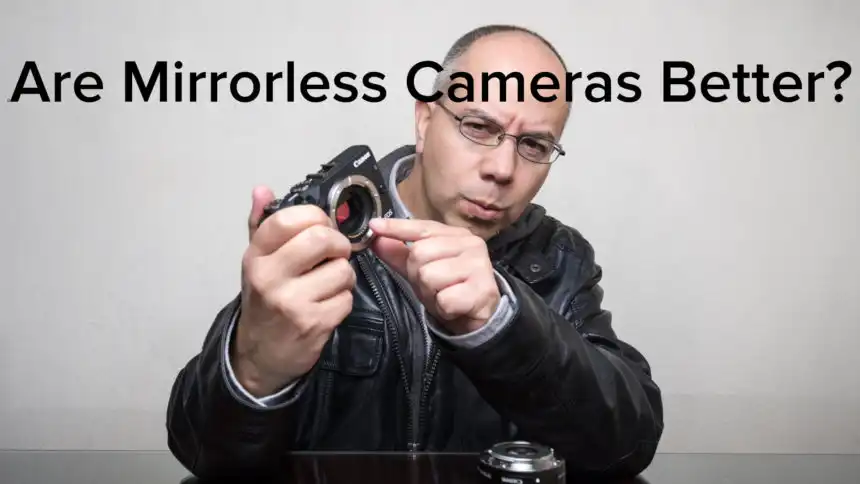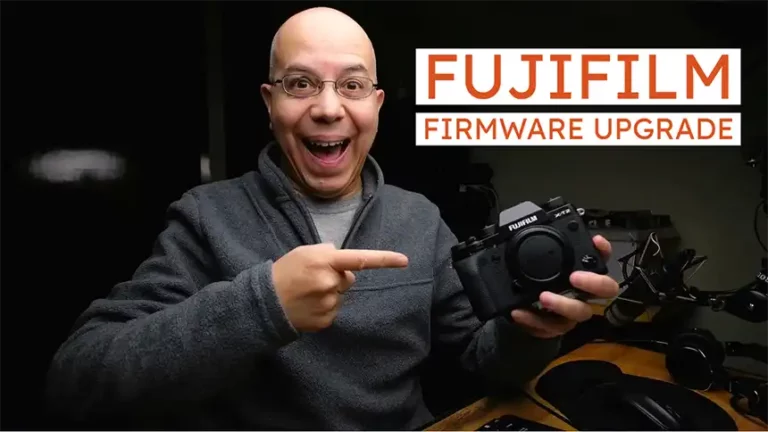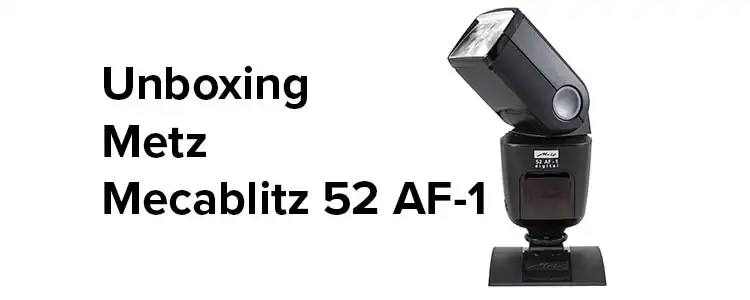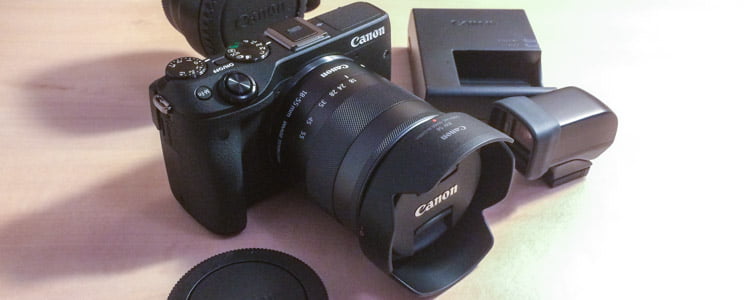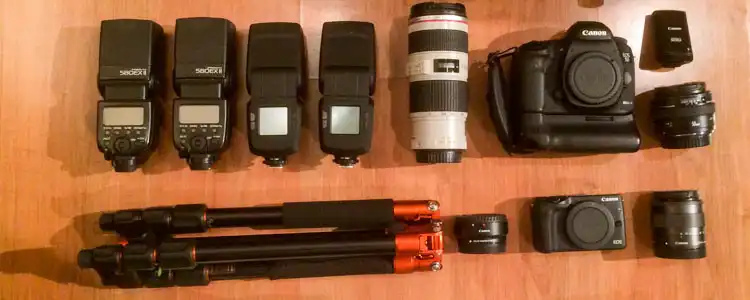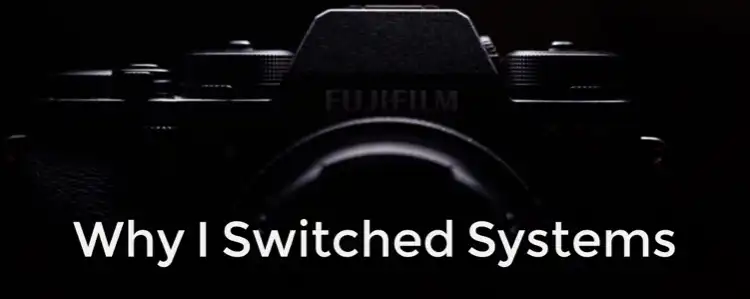Are Mirrorless Cameras Better?
You’ve heard the rumors and read the reviews. However, the question remains: Are mirrorless cameras better? Really? Keep reading to find out.
New Technology
Yes, new technologies are released almost every day into the world, we now have smartwatches, electronic books, flying cars… well, not that one, but my point is, one of the latest trends in photography is mirrorless cameras but, what are they? Are mirrorless cameras really better than their DSLR counterparts? Let’s compare really quick a “traditional” DSLR with a mirrorless system.
On one side, the Digital Single Lens Reflex camera, as the “Reflex” portion of its name implies, uses a mirror to direct the light towards a pentaprism, which in turn directs the light towards the viewfinder. This way you’re ready to press the shutter release and capture an image. However, when you press the shutter release, the mirror moves up so the light can reach the sensor, which is then activated, and sends the signal towards the buffer and memory card.

On the other side, a Mirrorless camera, as its name implies, gets rid of the mirror and lets light through directly on the sensor. The sensor is then active so it can continually send the capture image towards an electronic viewfinder or a screen on the back of the camera. When you press the shutter release, the signal from the sensor gets diverted towards the buffer and memory card.

Pros and Cons
Both have the advantage of showing the scene in front of the lens on the viewfinder, as it will be captured in an image. However, there are distincts pros and cons for each system.

DSLR
Pros
Battery life. It’s very common for a DSLR camera to shoot 700 images or more with one charge of the battery, because its main power consumption happens when you press the shutter and the sensor activates, or when you review your images on the camera’s screen.
Cons
Viewfinder blackout. Just like film SLRs, you can see the image through the viewfinder before and after pressing the shutter release, but not at the exact moment when the image is being captured. Why? Because the mirror gets out of the light’s way towards the sensor and blocks the pentaprism.
Viewfinder coverage. This varies from camera model to camera model, but most DSLR viewfinders don’t show the whole frame to be captured.
Size. The mirror takes a big chunk of space, making DSLRs larger (usually) than their mirrorless counterparts.
Vibration. The mirror movement makes the camera shake, which puts a limit on how slow you can shoot handheld.
Mirrorless
Pros
Size and weight. It’s the other size of the coin. Without the mirror, the camera body can be made slimmer and lighter.
Viewfinder coverage. The image displayed on the screen or electronic viewfinder is exactly the image that you’ll capture when you press the shutter release.
Electronic shutter. Many mirrorless cameras offer an electronic shutter mode, allowing higher speeds and silent mode.
Cons
Battery life. With the screen and sensor active pretty much all the time, power consumption is way higher on a mirrorless camera, so it’s very common for a battery to last 400 images or less.
Focusing systems. With the focusing system placed on the sensor, mirrorless cameras have traditionally focused slower than DSLRs, and they also have trouble tracking subjects moving towards or away from the camera. However, these systems are improving constantly.
So, Which One is Better?
Better is always a relative term, but I’ll do my best to answer the question. If you shoot sports or fast moving subjects that need to be tracked, or if you shoot long events where you need your batteries to last forever, it’s probably better for you to stick with DSLRs for now.
However, if you need to shoot at speeds higher than 1/8000 s, or want a lighter body regardless, and you’re willing to carry a few extra batteries with you, a mirror less system seems to be the way to go.
Please notice there may be exceptions to the “mirrorless is lighter and smaller” feature. Sony’s full frame mirrorless cameras are now almost the same size as a DSLR, and use lenses that are just as large and heavy as DSLR lenses.
I seriously hope this was helpful for you. If that is the case, please share this post with your friends!
If you think I missed something, just leave a comment and I’ll do my best to make any corrections.

